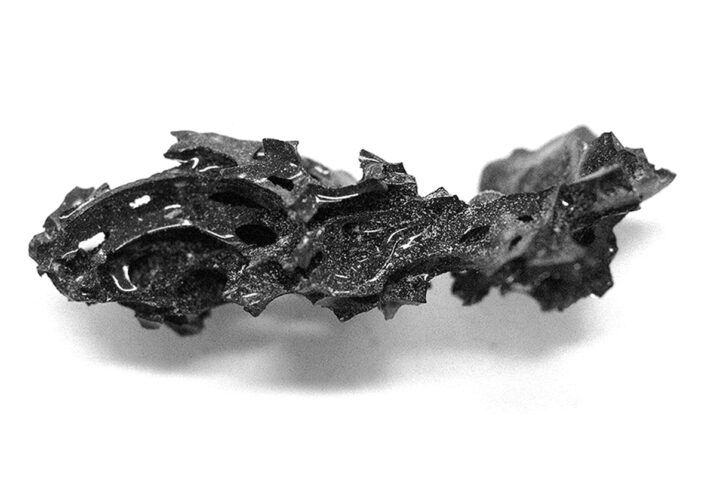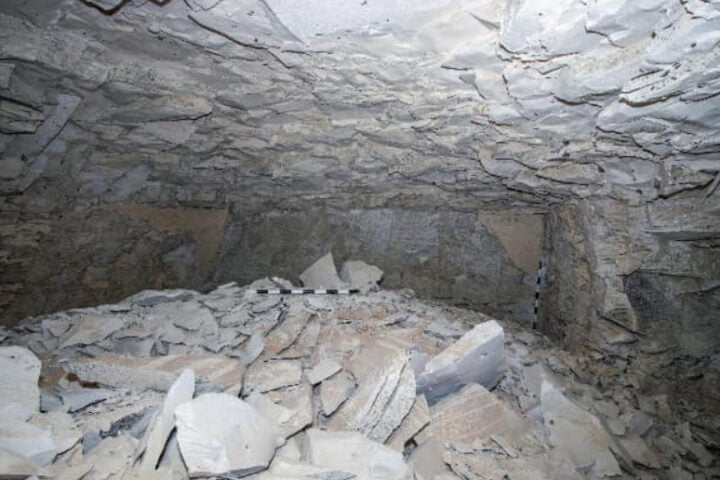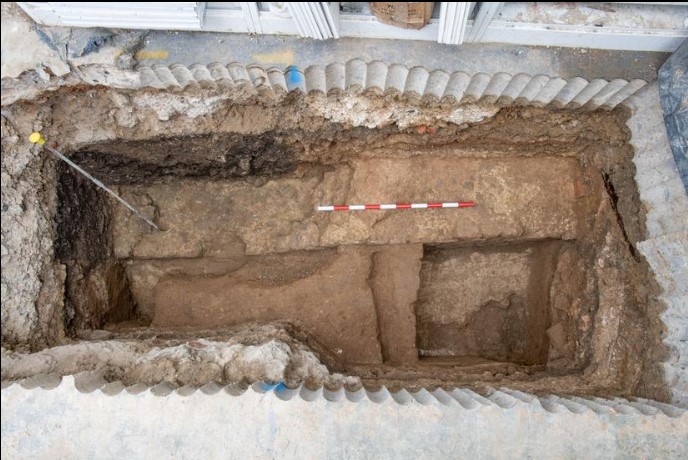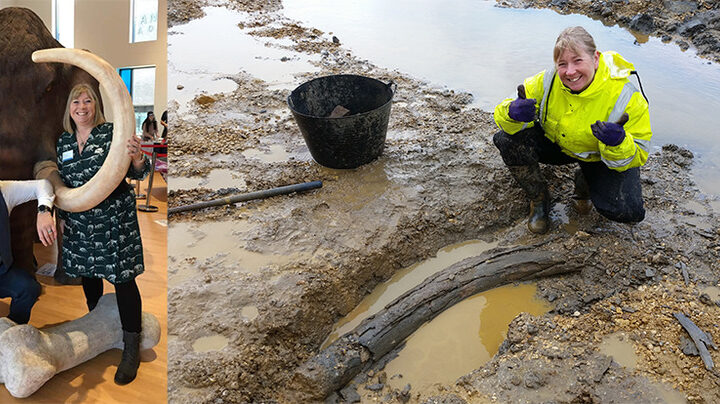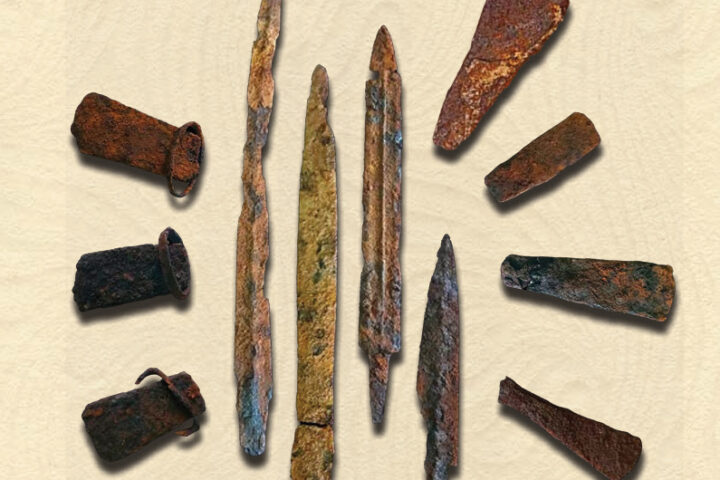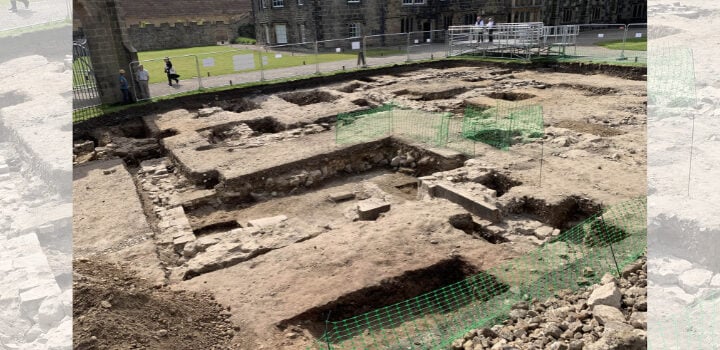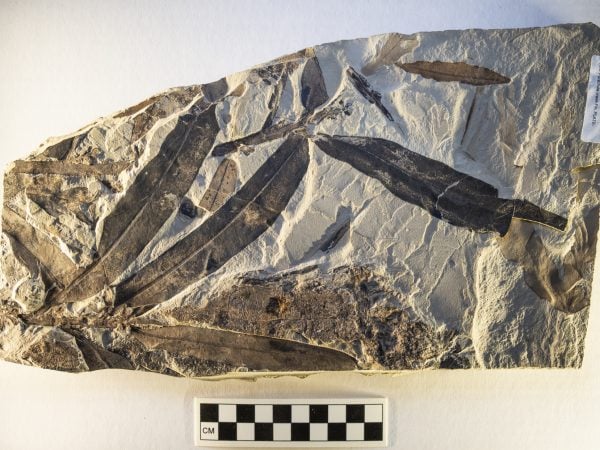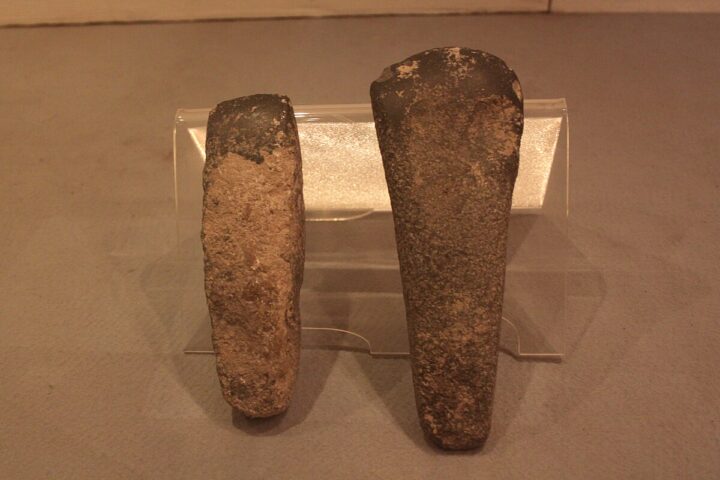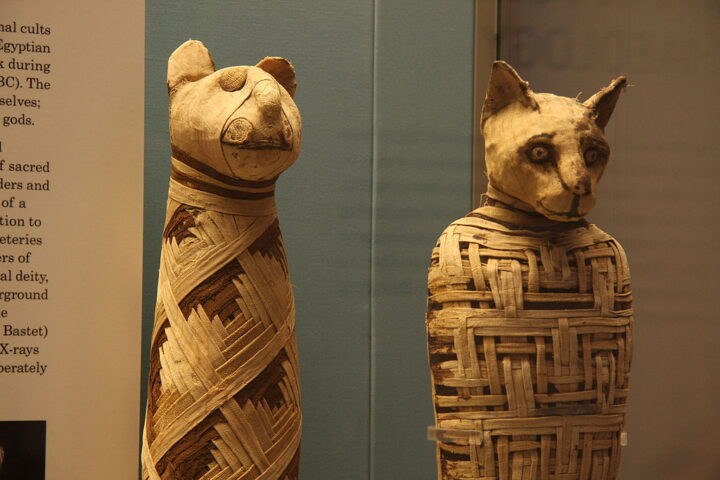Back in the 1990s, when archaeologists were fixing a drainage system at Mexico’s Tula Archaeological Zone, they stumbled upon something peculiar – thousands of tiny calcium plates. Now, after careful analysis, these plates have revealed themselves to be five ancient starfish, deliberately placed there by Toltec peoples about 1,000 years ago.
The Discovery Details
The research team from Mexico’s National Institute of Anthropology and History (INAH) and the Institute of Marine Sciences and Limnology (ICML) identified 2,720 calcareous plates weighing 64.84 grams. The plates range from 2 to 15 millimeters in length.
“The limestone plates were part of a complex offering created to represent a cosmogram, that is, a miniature model of the universe as conceived by the inhabitants of the Altiplanic city,” explains Leonardo López Luján, director of the INAH Temple Major Project.
The Starfish Species
The analysis revealed:
- 3 specimens of Nidorellia armata (chocolate chip star)
- 2 specimens of Pentaceraster cumingi (cushion star)
Both species typically live in Pacific Ocean waters from the Gulf of California to northwestern Peru and the Galapagos Islands. Their presence in Tula, dated between 950-1000 AD, proves trade connections between highland Mexico and Pacific coastal regions during the Early Postclassic period (900-1200 AD).
The Ritual Context
The starfish were part of a carefully constructed cosmic model found in the Burned Palace structure. Inside a 44-centimeter cavity, archaeologists found what they called ‘Offering 1’, containing:
North: 11 rosacea shell beads South: 17 mother-of-pearl shell plates East: A fragment of soft coral West: The calcareous plates (starfish remains) Center: A 34-centimeter tezcacuitlapilli (dorsal mirror) made of pyrite and turquoise tiles
Similar Posts:
Research Challenges
The age of these specimens – 470 to 570 years older than similar finds at the Templo Mayor – presented unique challenges. The plates showed significant wear, mineralization, and softening. The research team had to compare them with modern specimens from ICML’s National Collection of Echinoderms “Dra. María Elena Caso Muñoz” for accurate identification.
Earlier Discoveries
While starfish remains were previously found in Tula during Richard Diehl’s 1971 excavations, and artistic representations exist on ceramic objects, this new study provides the first detailed species identification. The researchers note that more delicate starfish species might have existed in these offerings but didn’t survive due to their fragile anatomy.
Looking Back
Tula’s history stretches back to 400 BC in Mexico’s Hidalgo state. After Teotihuacan’s fall, it became the Toltec Empire’s capital, growing to 14 square kilometers with 60,000 inhabitants before its 12th-century abandonment.
The findings appear in the latest edition of the journal Mexican Archaeology, adding to our understanding of pre-Hispanic coastal-highland connections and Toltec ritual practices. As we’ve seen similar discoveries over the past few decades, this one stands out for its precise species identification and intact cosmic arrangement.
Looking ahead, both INAH and ICML continue investigating the site, though they’ll need to hurry – these calcium-based remains are getting more fragile by the day, just like many artifacts I’ve watched deteriorate since the 1960s.




